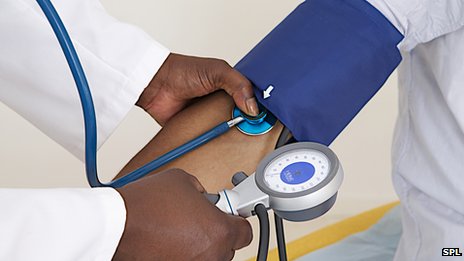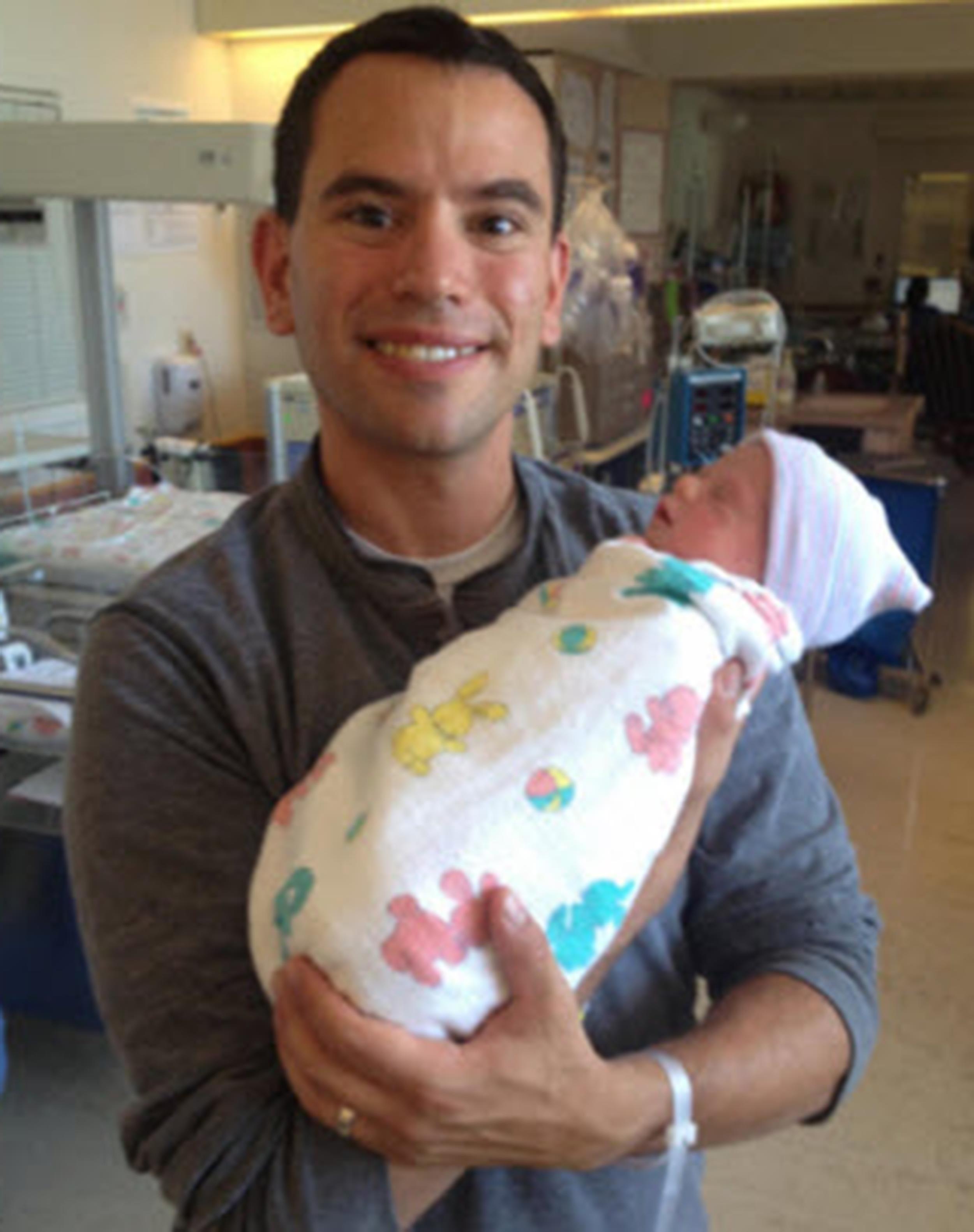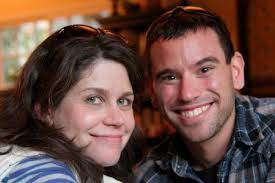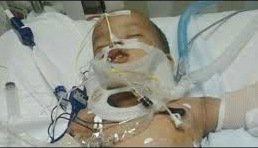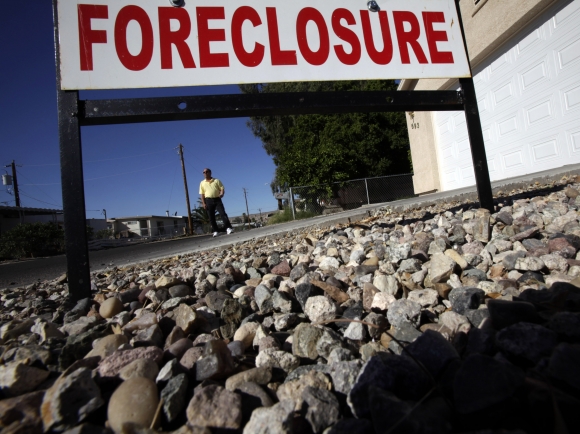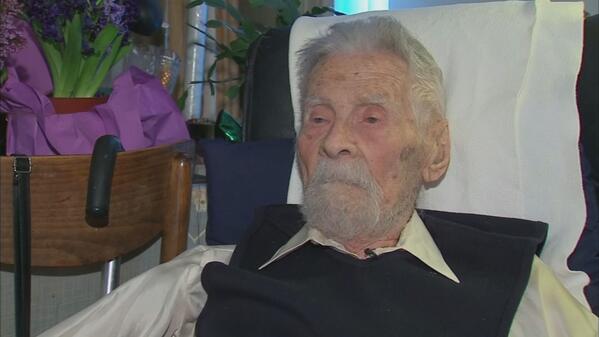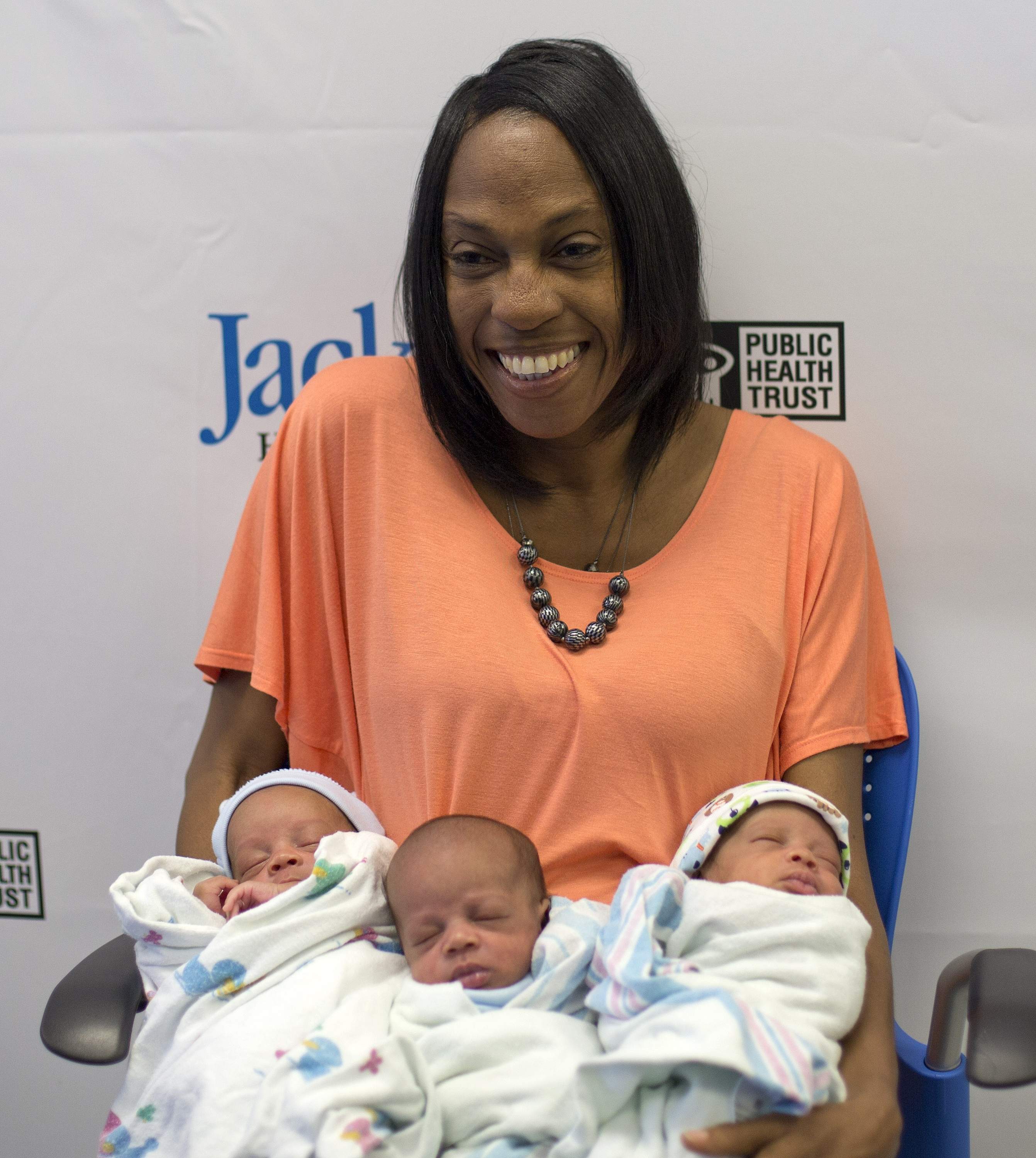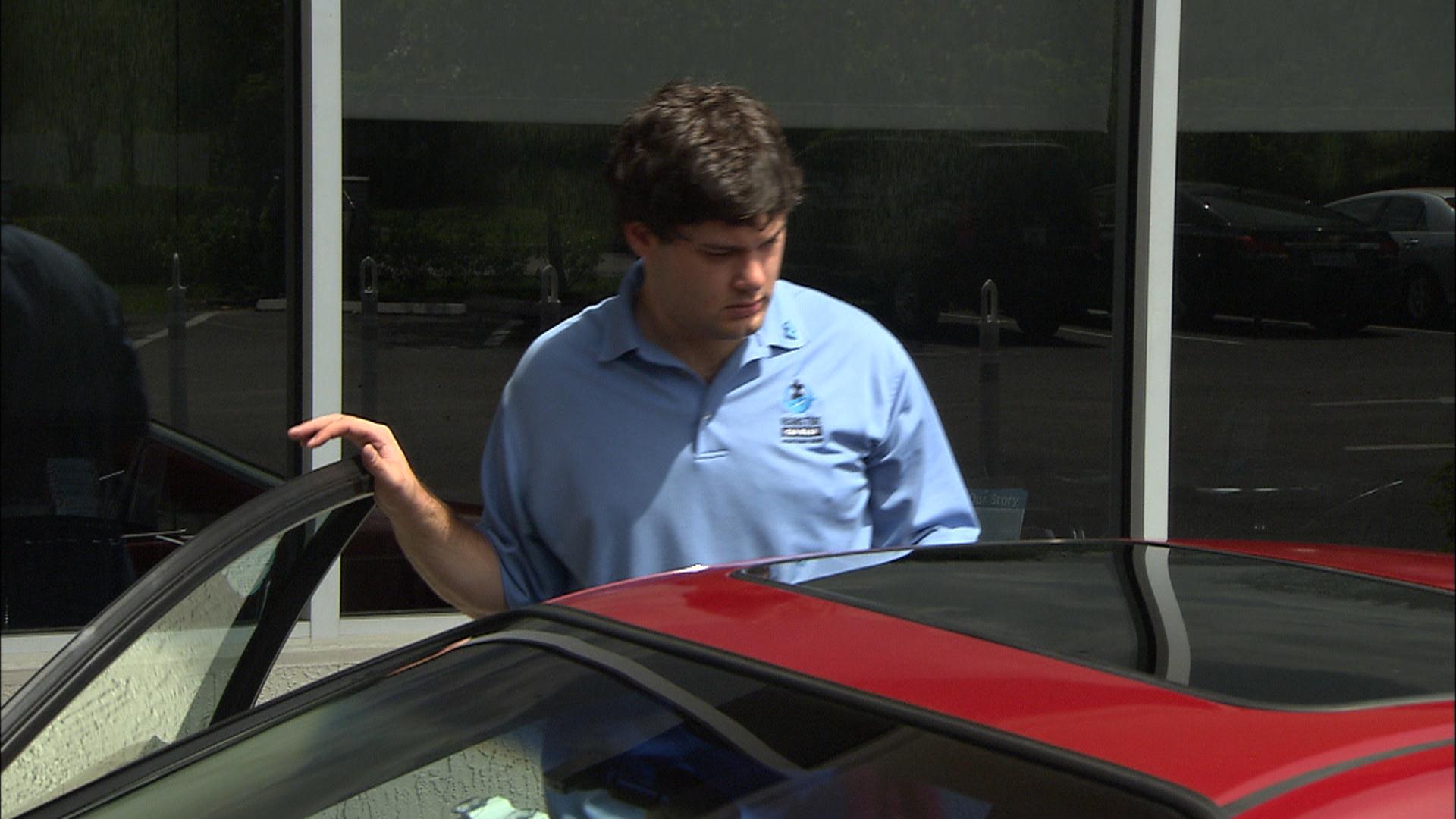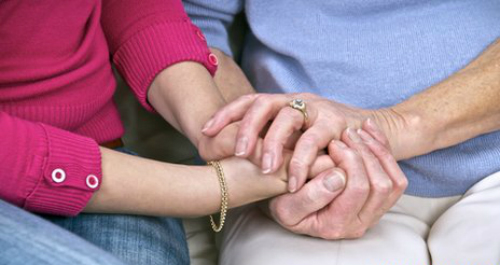Wikipedia, the online encyclopaedia, contains errors in nine out of 10 of its health entries, and should be treated with caution, a study has said.
Scientists in the US compared entries about conditions such as heart disease, lung cancer, depression and diabetes with peer-reviewed medical research.
They said most articles in Wikipedia contained “many errors”.
Wikimedia UK, its British arm, said it was “crucial” that people with health concerns spoke to their GP first.
Open-access ‘concerns’
The online encyclopaedia is a charity, and has 30 million articles in 285 languages.
It can be edited by anybody, but many volunteers from the medical profession check the pages for inaccuracies, said Wikimedia UK.
The open-access nature has “raised concern” among doctors about its reliability, as it is the sixth most popular site on the internet, the US authors of the research, published in the Journal of the American Osteopathic Association, said.
Up to 70% of physicians and medical students use the tool, they say.
The 10 researchers across America looked at online articles for 10 of the “most costly” conditions in the US, including osteoarthritis, back problems and asthma.
They printed off the articles on 25 April 2012 to analyse, and discovered that 90% of the entries made statements that contradicted latest medical research.
Lead author Dr Robert Hasty, of the Wallace School of Osteopathic Medicine in North Carolina, said: “While Wikipedia is a convenient tool for conducting research, from a public health standpoint patients should not use it as a primary resource because those articles do not go through the same peer-review process as medical journals.”
Dr Hasty added the “best resource” for people worried about their health was their doctor.
Contact GP ‘first’
Stevie Benton, at Wikimedia UK, said there were a “number of initiatives” in place to help improve the articles, “especially in relation to health and medicine”.
He said the charity had a project to bring together volunteer Wikipedia editors with a medical knowledge to identify articles that need improvement, find credible sources and make entries more “accurate and more readable”.
Mr Benton said Wikipedia was also working with Cancer Research UK to review cancer-related articles by clinical researchers and writers to keep them accurate and up-to-date.
But he added: “However, it is crucial that anybody with concerns over their health contacts their GP as a first point of call. Wikipedia, like any encyclopaedia, should not take the place of a qualified medical practitioner.”
Wikipedia also expressed concern at the small sample size used in the research, as it may not be representative.
The study did not account for Wikipedia leaving out important information.
Source: bbc news


